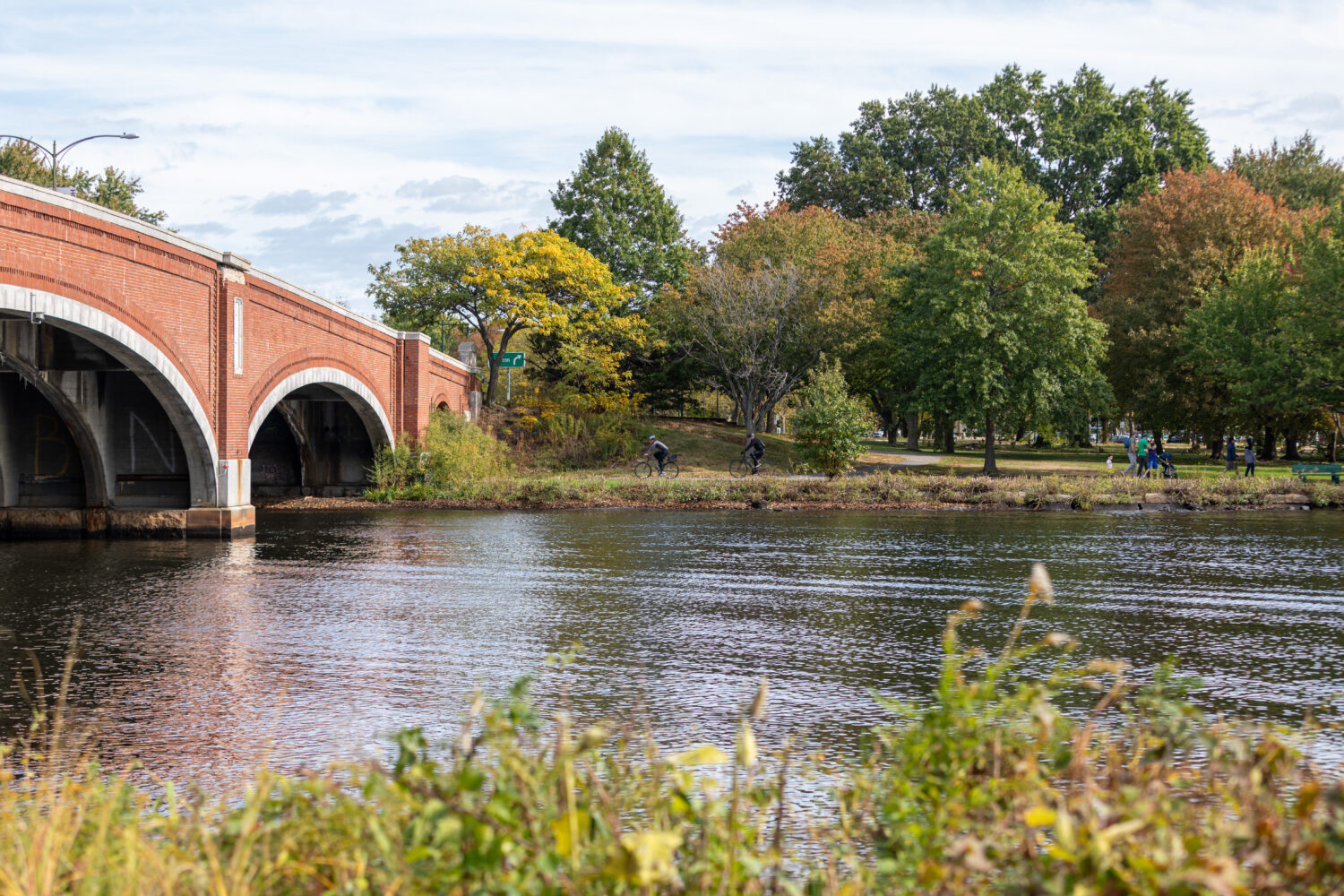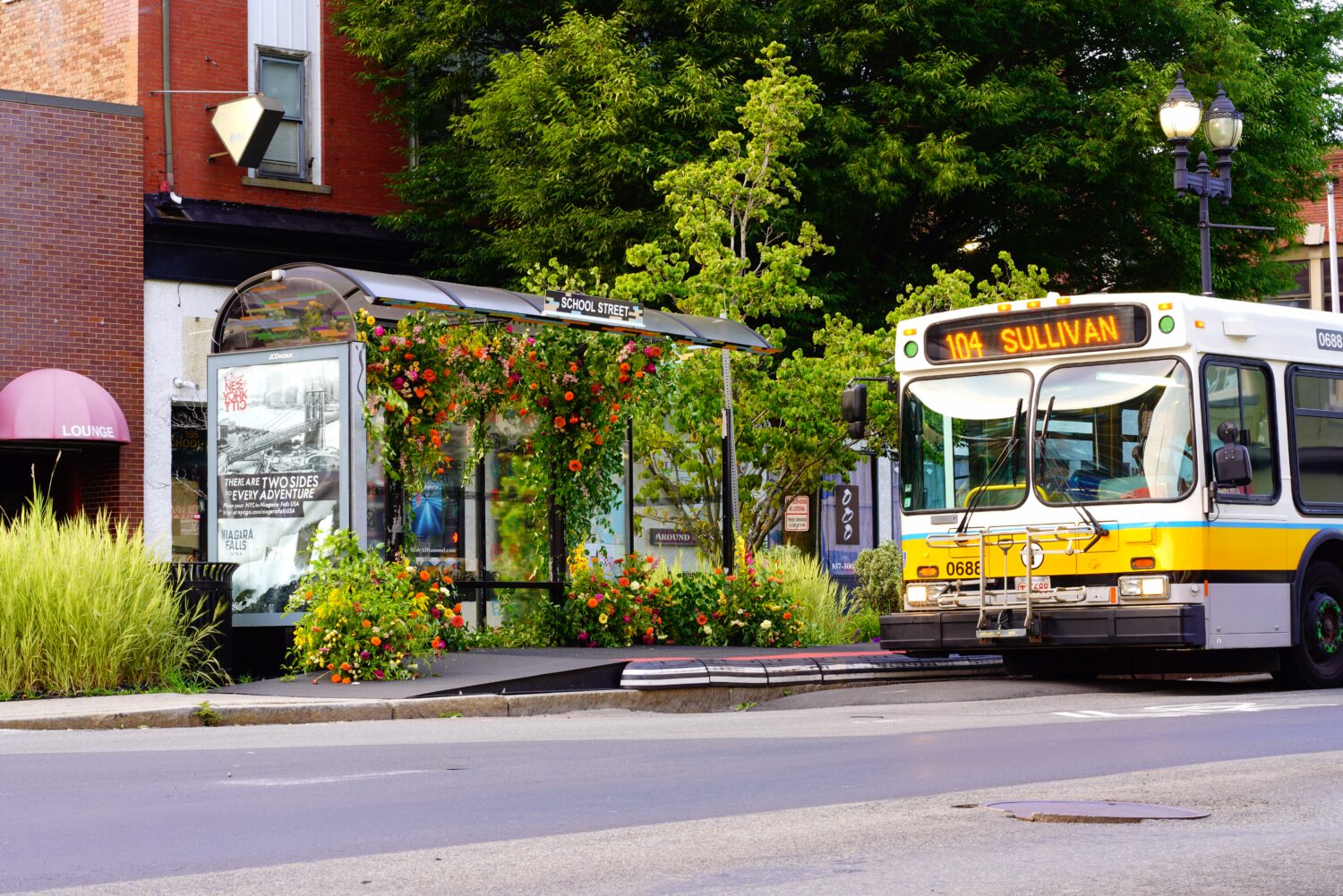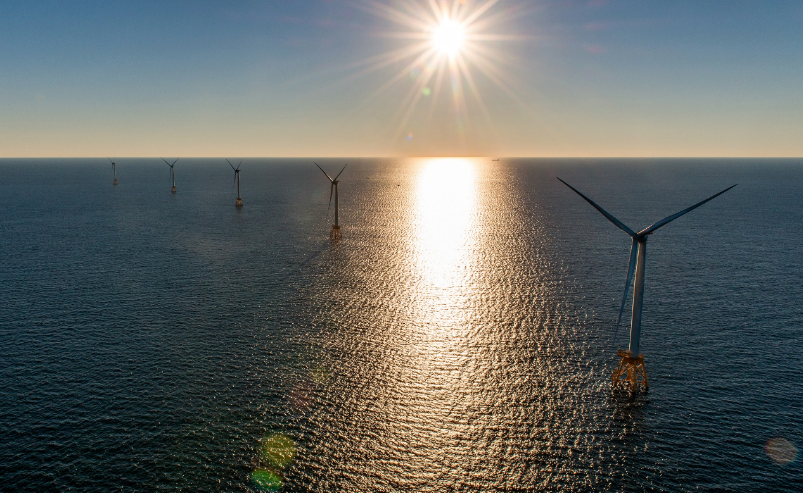Last week, the American Council for an Energy-Efficient Economy (ACEEE) released its second biennial City Energy Efficiency Scorecard, recognizing Boston and other cities for their leadership in advancing energy efficiency. Fifty-one large U.S. cities were compared across five policy and practice areas. This is the second time Boston placed first in the City Scorecard, achieving 82 points out of a possible 100, an improvement of more than five points from 2013. Joining Boston in the top five cities are New York City, Washington, D.C., San Francisco, and Seattle. The next tier of top scorers were Chicago, Minneapolis, Portland, Austin, and Denver. Congratulations to all for your leadership on energy policies!

Source: The City Energy Efficiency Scorecard
The Scorecard is important because it fosters healthy competition among cities, spotlights effective strategies, and elevates the level of accountability for city leaders. These are all great ways to propel cities to go further with their energy-efficiency efforts. These cities can also inspire their own states, according to John Rogers, a senior energy analyst at the Union of Concerned Scientists. While both Boston and Massachusetts are ranked number one, some of the top scoring cities are in states that don’t earn high marks in ACEEE’s State Scorecard (for example, Austin’s home state of Texas ranked 34th). As Rogers states: “That makes those cities really important islands of efficiency in seas of…well, inefficiency. We can hope that their examples will inspire their state governments to embrace the most cost-effective power option out there.”
For Boston, this news is terrific recognition of what has been, and continues to be, a city-wide team effort, with leadership and coordination from the Mayor’s Greenovate Boston initiative and the engagement of the business and institutional leaders on the Boston Green Ribbon Commission. Big shout-outs also go to Mass Energy, Boston Climate Action Network and Codman Square Neighborhood Development Corporation, Barr grantees working in the community to increase residents’ access to efficiency resources.
Top-ranked cities excelled in five domains—which I touch on below, with acknowledgements to some of the most significant partners and breakthrough ideas in the front-running cities:
Making it easier for people to bike, walk, or take transit: ACEEE found that, while a number of cities are making great strides in transportation, they could all do more to take advantage of their efficiency potential. Portland, Oregon, was the top scorer, with notable efforts in urban design to reduce car dependency and increase transit options. It has an aggressive goal of achieving 70% of commutes through people biking, walking, carpooling, or taking public transit by 2030, and has begun making changes in its transportation master plan to achieve these goals. Washington, D.C. was close behind. It has invested significantly in public-transit facilities, hosts several car-share programs, and operates a successful bike-share program.
Leading by example in city operations and facilities: This criteria reviewed different aspects of how cities are making their own assets and operations more efficient. ACEEE found diversity in the top scorers, indicating the different paths city governments are taking to become more energy efficient. Denver, New York City, and Phoenix tied for the top overall score. New York City excelled in performance management strategies. Denver performed well in the energy-efficiency goals category for being on track to achieve its local government operations greenhouse gas emissions goal for 2020. Charlotte, San Antonio, and Seattle earned perfect scores in managing efficiency in their existing assets and encouraging changes in employee behavior. San Diego was the only city to earn a perfect score in incorporating efficiency criteria into its capital investments.
Building policies that drive the right behaviors: Boston is the leading city for building policies, because of its advanced building energy codes, and requirements and incentives for efficient buildings. A notable policy is the 2013 Building Energy Reporting and Disclosure Ordinance, which brings more transparency to energy and water use in commercial and large residential buildings. ACEEE found, however, that while cities may have stringent codes in place, many struggle to devote resources and attention to building code compliance.
Partnering with utilities to align efficiency incentives: Boston scored the highest in the energy utilities category because of utilities’ robust investments in electricity and natural gas efficiency programs. Boston benefits from state policies that require funding of energy-efficiency programs implemented by the electric and gas utilities, but it goes further by aligning the incentives offered by the utilities with local policy goals. Through Renew Boston, the City has forged strong partnerships with the utilities to offer deep incentives to small businesses, renters, and middle-income homeowners—groups with historic low participation rates.
Setting goals and engaging at the community level: New York and Boston were the top scorers on community-wide initiatives because they have systems to track progress toward efficiency-related goals for the whole community and an array of community-facing initiatives. Boston has Greenovate, which engages all Bostonians in sustainability efforts. Boston also has efficient distributed-energy systems, such as district energy and combined heat and power, and is planning for future ones. Barr supports a District Energy Fellow at the Boston Redevelopment Authority who is helping to catalyze a new generation of district energy systems.
Cities are the consumers of about two-thirds of the world’s energy and are responsible for about 70% of the world’s greenhouse gas emissions. They are home to more than half of the world’s people. By 2030, that percentage will swell to 60%. That is why helping cities advance efficiency has been such a focus of ours at Barr. Efforts to advance energy efficiency have multiple benefits: they not only drive down greenhouse gas emissions, they also generate economic benefits in terms of financial savings and job creation, improve air quality, and create more livable communities.
The ACEEE report card shows encouraging progress for the top scoring cities in the U.S. However, we should not rest on our laurels, but instead learn from the successful practices of other cities around the world and strive for that perfect score. The recently formed Carbon Neutral Cities Alliance—a collaboration of international cities committed to achieving deep emissions reductions—is a great example of how cities can work together to meet their respective goals more efficiently and effectively. Let’s continue to align our efforts in the shared challenge of mitigating climate change.




